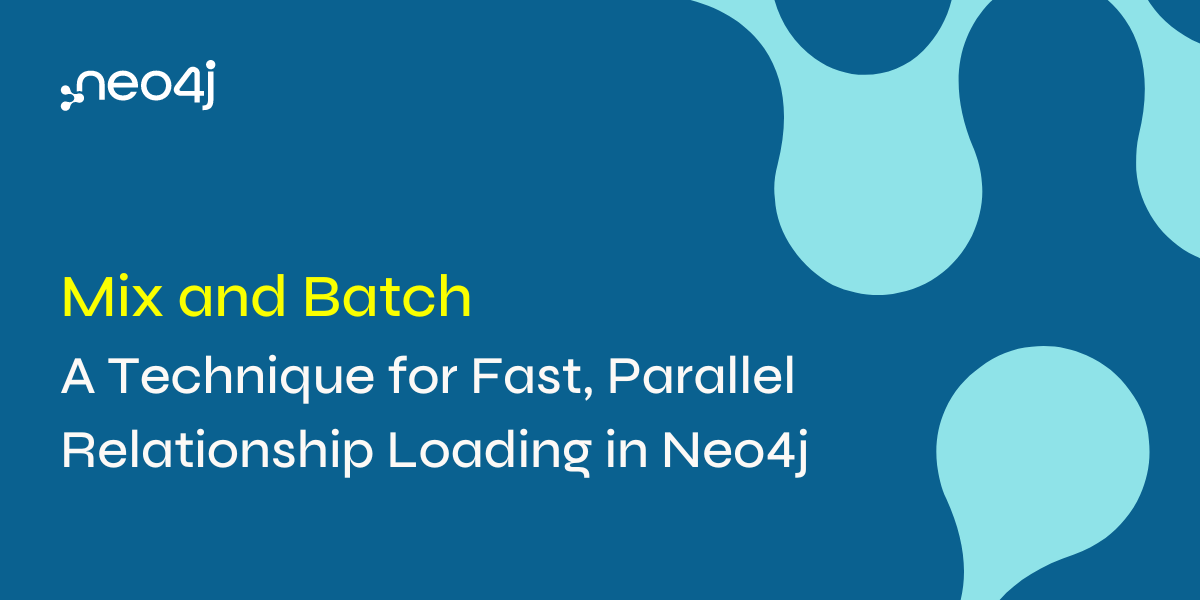5 Noteworthy Use Cases of Graph Technology and Graph Analytics

Technical Writer and Editor, Agile SEO
4 min read

When discussions about any technological concept begin to trend in online media and among business stakeholders, it is only natural to wonder whether it is all hype or whether the technology actually solves any real business problems.
Gartner’s well-publicized hype cycle attempts to provide a guideline on the path that most technologies follow, and when it comes to graph technology, you might be concerned that it is at its peak of inflated expectations when reality doesn’t quite match up to all the chatter.
This article attempts to cut through the noise by informing you about five noteworthy graph technology and graph analytics use cases so you can make your own mind up.
First, though, a quick definition of graph technology and its benefits.
Graph Technology Defined
Graph technology is formed around the idea of building databases using mathematical graph theory to store data and the links between data as relationships. While the underlying math is quite complex, the crux is that graph databases emphasize the connections between data as much as the individual data points by explicitly storing those connections as relationships.
Why should you care about relationships?
Because much of the value residing in your data comes from unearthing information on the connections between data points. Think social media data; perhaps you want to know which of your followers on social media bought a certain product in your online store as a result of a certain campaign.
Other types of database systems such as relational databases infer data connections for these types of queries using JOIN tables. A large amount of JOIN tables ends up negatively impacting query performance in your database application for deeper queries, which run much faster in graph database systems.
5 Proven Graph Technology Use Cases
1. Machine Learning
Machine learning technology is now more accessible than ever to businesses. Open source machine learning frameworks and commercial deep learning platforms equip developers and data scientists with the tools and knowledge to benefit from machine learning/deep learning use cases such as intelligent image recognition, speech recognition, and intelligent chatbots.
Because graph-structured data inherently excels at representing the relationships between data points, it is being used to power a widely used application of machine learning; namely recommendation engines. By following co-occurrences and frequencies between customer, social, and product data, for example, companies can build and use powerful, intelligent real-time recommendations engines.
2. Fraud Detection
As the world becomes more oriented towards doing everything online, from individuals shopping and banking, to businesses running marketing and advertising campaigns, there is a growing problem with fraud.
For businesses looking to do more to protect themselves and their customers from fraud, graph analytics can prove extremely useful. Since graph technology facilitates modeling data relationships at scale with a lot of flexibility, businesses can analyze large amounts of transactional data rapidly to detect fraud.
Graph analysis can also detect fraudulent social media accounts (bots); these bots can skew the results you obtain from marketing campaigns, leading to inaccurate conclusions from your data.
3. Regulatory Compliance
The need to comply with regulations such as HIPPA, PCI/DSS, and GDPR impacts businesses and organizations in a plethora of industries. When you collect personal information about customers, these regulations specify a real need to maintain visibility over that data as it makes its way through various enterprise systems.
Due to the in-built relationships in graph databases, tracing sensitive data through enterprise systems is much more straightforward than in relational databases, which require complex queries and a complex set of JOIN tables.
With graph systems, single queries that track sensitive data for compliance purposes can run in seconds, and you get a visual representation of the results showing the data flowing through different systems. This provides a transparent and efficient way to achieve and maintain regulatory compliance.
4. Identity and Access Management
Managing identity and access authorizations for employees across the growing range of cloud-based and on-premise apps and systems is becoming increasingly difficult. The design of graph databases allows for more robust, real-time, cross-platform management of all this data, including administrator data, end-user data, files, roles and access rules for different resources.
As data grows, managing all this information without a graph database is impractical, particularly for what is a mission-critical business function. Graph databases can handle complex and connected access control structures that span many relationships with a level of performance unrivaled by directory services or custom-built solutions.
5. Supply Chain Transparency
As a result of globalization, business supply chains are now more complex than ever, and they resemble a complex interconnected network. Brands can source produce from all over the globe from multiple suppliers, and the result is exactly the kind of interconnected system that graph databases excel at modeling.
Graph technology brings the ability to model the complex relationships inherent in modern supply chains in addition to the scalability and agility needed to adapt to growing networks and perform rapid searches on data. The end result is much greater transparency into business supply chains, which can help to find inefficiencies and streamline operations.
Wrap Up
From improved fraud detection to powering deep learning models to making supply chains more transparent, graph databases have several clear and beneficial real-world use cases for businesses.










